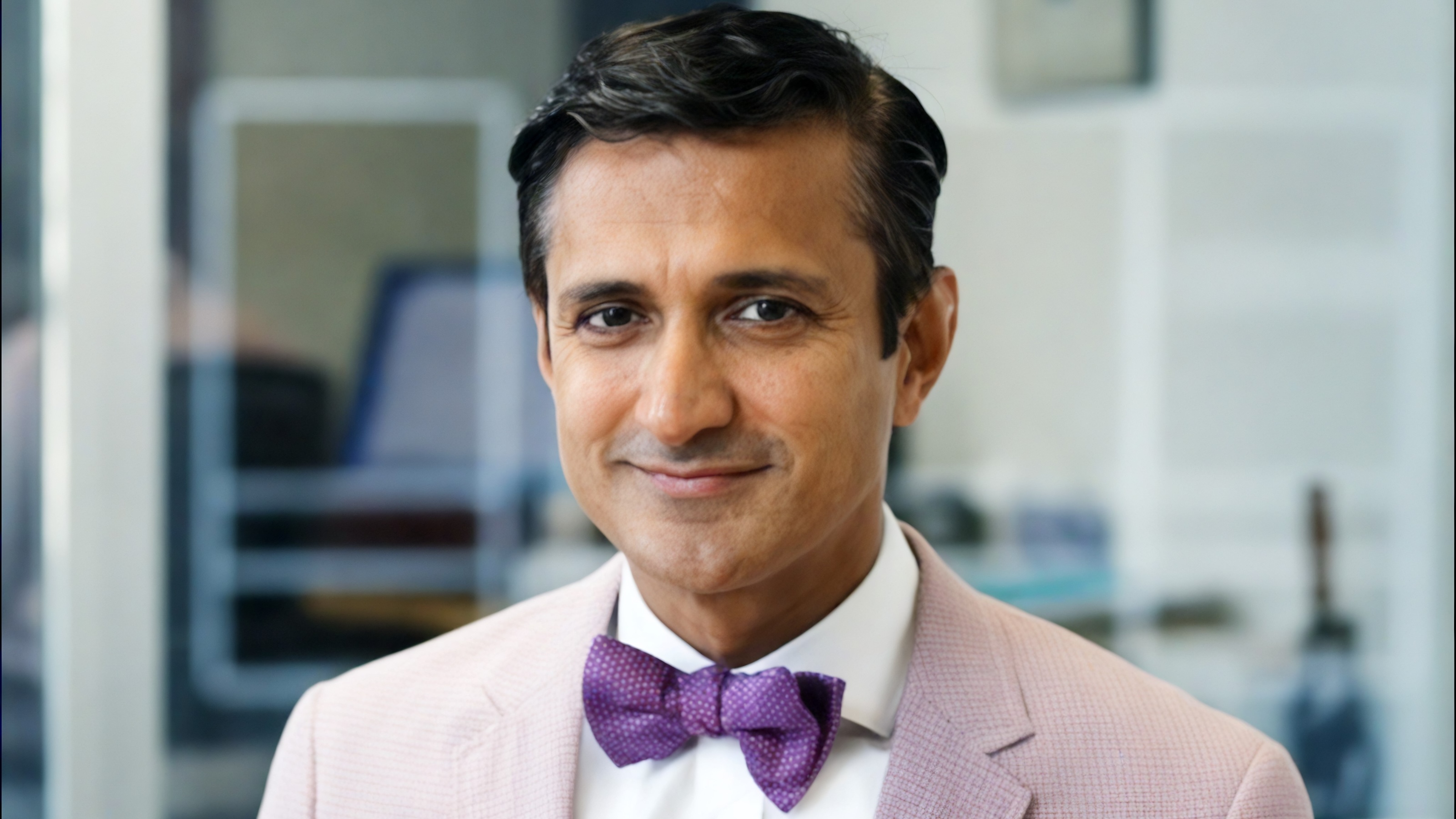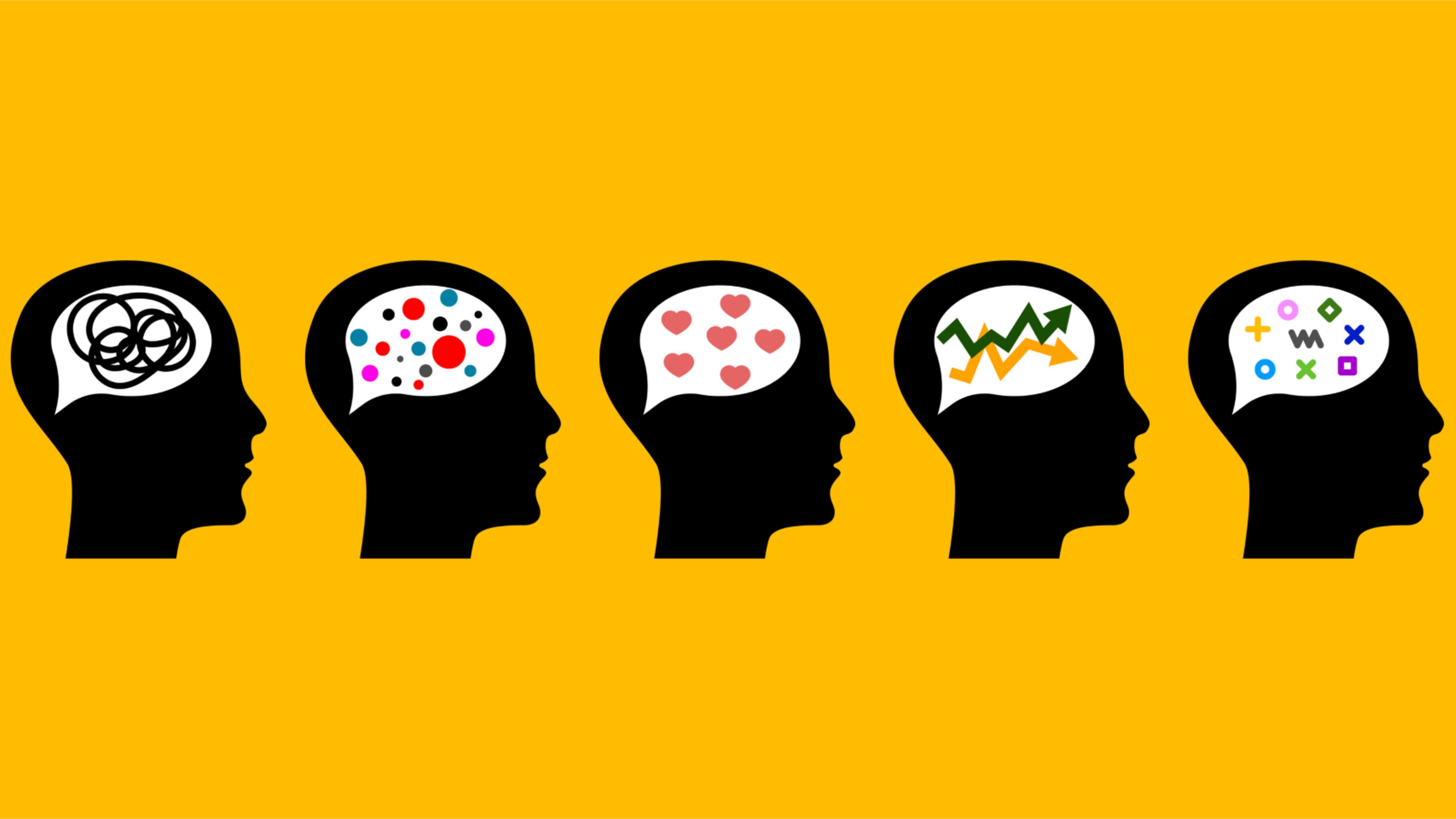Beyond integrating social business into the structure of economic theory, Yunus says, the logical next step would be to create a stock market for social business.
Question: Do we need to change how economics is taught?
Muhammad Yunus: Once we accept that – that yes it makes sense – then we put that piece of social business into the structure of economic theory. Once we put that into economic theory, many things will follow from that – how we design, our institutions, policies, and so on. Like I said one of the things that we have to do is create a social stock market, because this stock market is about making money. So if we put the social business into the picture, the logical thing would be to create another stock market for social business. So it will be social stock market. All the social businesses will be listed there. So people can go to both stock markets. Here I invest money to make more money. Here I invest money to solve the problems to make a difference in the life of people and remove the difficulties that we created for other people. So this would be the natural thing. And we said . . . I said in the academic world we now have MBAs degrees that we give to young people who are prepared to train; to go out and serve the profit maximizing companies so the company can make more money. Now we are needing a department or a degree for social MBAs. Those young people will be trained how to run a social business; how to improve the quality of a social business; how to increase the effectiveness of social business; how you define the objectives and how you measure objectives; how you rate your company and so on; what are the management skills you need in a social business; lots of things related to social business. Because when you design a social business, the design is the same thing as a profit maximizing business. Profit maximizing business you are always bringing things to impress the consumer that you are the best. And no matter what is the real content of your product, but you blow up what you have so that people are attracted to you. In social business you don’t have to blow up anything. You just merely state your facts and reduce the cost as much as possible. You don’t need to campaign about it. You don’t have to . . . attractive packaging out of it because this is what you want to bring to people who need it, and they will go for it because nobody else is serving them that product. So this is how the whole structure has to be redesigned and so on. And it has to be in the textbook. It has to be taught in the classroom because young people, as they learn about economics, they will learn a new economics – the more complete version of capitalism – and they will prepare themselves. They will start imagining things for themselves – what they would do; how much of a role they would like to play because now they have a choice; in the business, if they are going to business, which kind of business they will do. They will divide their wealth into two different businesses. And as a young person, what kind of employment did you like? Whether you like to go and participate in the profit maximizing companies, or you would like to prepare yourself to go and work for the social businesses. Your first choice and second choice, whatever you want to do that. So these are the things nature will evolve, and a lot of other side issues will arise and you will try to complete that. And somewhere you cannot quite define whether it’s a social business or it’s not a social business. How do you make sure absolutely that it becomes a social business? All those marginal cases have to be addressed. So so many issues to be resolved.
Recorded on: 1/23/08





